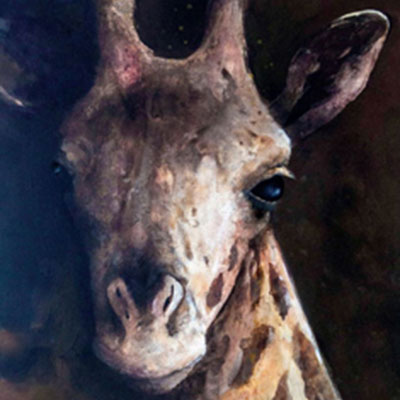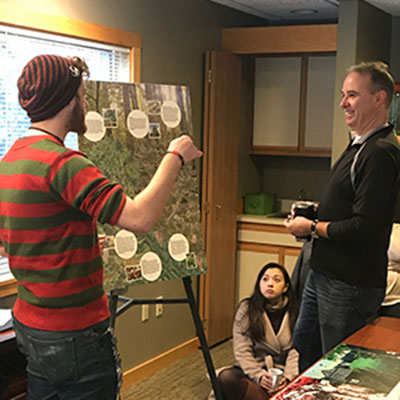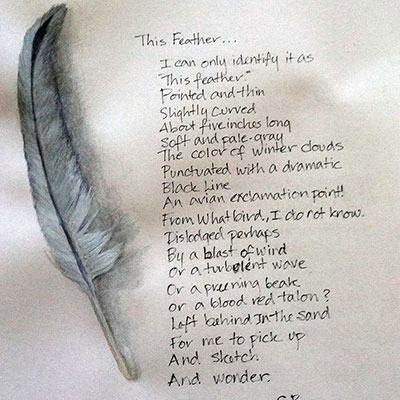Linking Science and Art
BRI’s mission includes using our scientific findings to advance environmental awareness and inform decision makers. We often incorporate art, photography, and graphics as a way to explore and explain complex scientific concepts, as well as a way to engage people in conservation.
Like every creative endeavor, conservation is a process, and it requires first and foremost an idea that strikes a chord. Art reaches people at that emotional level. Once captivated, people can begin to gain an understanding of a given concern, and once they understand an issue, they will be more apt to take positive action, which is the ultimate goal.
Paul Bannick, a wildlife photographer and conservationist, writes in BRI’s book Journey with Owls, “We protect what we love and we love what we know…we must create empathy, and thus inspire the education and love that will support conservation…”
Wildlife Art Exhibit at Portland Public Library

Conserve the Call and A Critical Balance wildlife art exhibits were on display at the Portland Public Library Lewis Gallery, Portland, Maine, April 5th – May 25th, 2019.
Our Conserve the Call exhibit featured five species of loons. The artwork was paired alongside information on current research and ongoing conservation efforts.
A Critical Balance: Artists Take Action is a traveling exhibit raising awareness of threatened and endangered species through art. The exhibit featured the work of nine painters who in their own artistic style depict life-sized versions of animals about which they are personally passionate.
(Left: Giraffe by Adelade Murphy Tyrol, part of the A Critical Balance exhibit)
Creative Collaboration with MECA

In the fall of 2018, BRI began a unique collaboration with the Maine College of Art (MECA).
As part of our mission, BRI is dedicated to advancing environmental awareness and informing decision makers about the research that we conduct. To that end, we publish science communications pieces and offer outreach programs that highlight our research in ways that are accessible to the public. We rely on high impact photography and graphics to illustrate our research. Infographics offer an effective way to convey complex scientific concepts to a general audience.
MECA’s Public Engagement program integrates art, real world problems, and community partners into its teaching curriculum.
Voices on the Wind

Thirteen miles off the coast of Rhode Island in Narragansett Bay lies a teardrop-shaped natural wonder: Block Island. In the fall, the island becomes a place of refuge for countless numbers of migrating songbirds and raptors that stop here to rest and refuel before continuing their journeys to distant southern latitudes. One October, the island became a creative refuge for those who would give voice to their inspirations…
During this unique BRI retreat, photographers, artists, and writers gathered on Block Island to bring experience to their art through observations and lessons in raptor, songbird, and wetland ecology.


